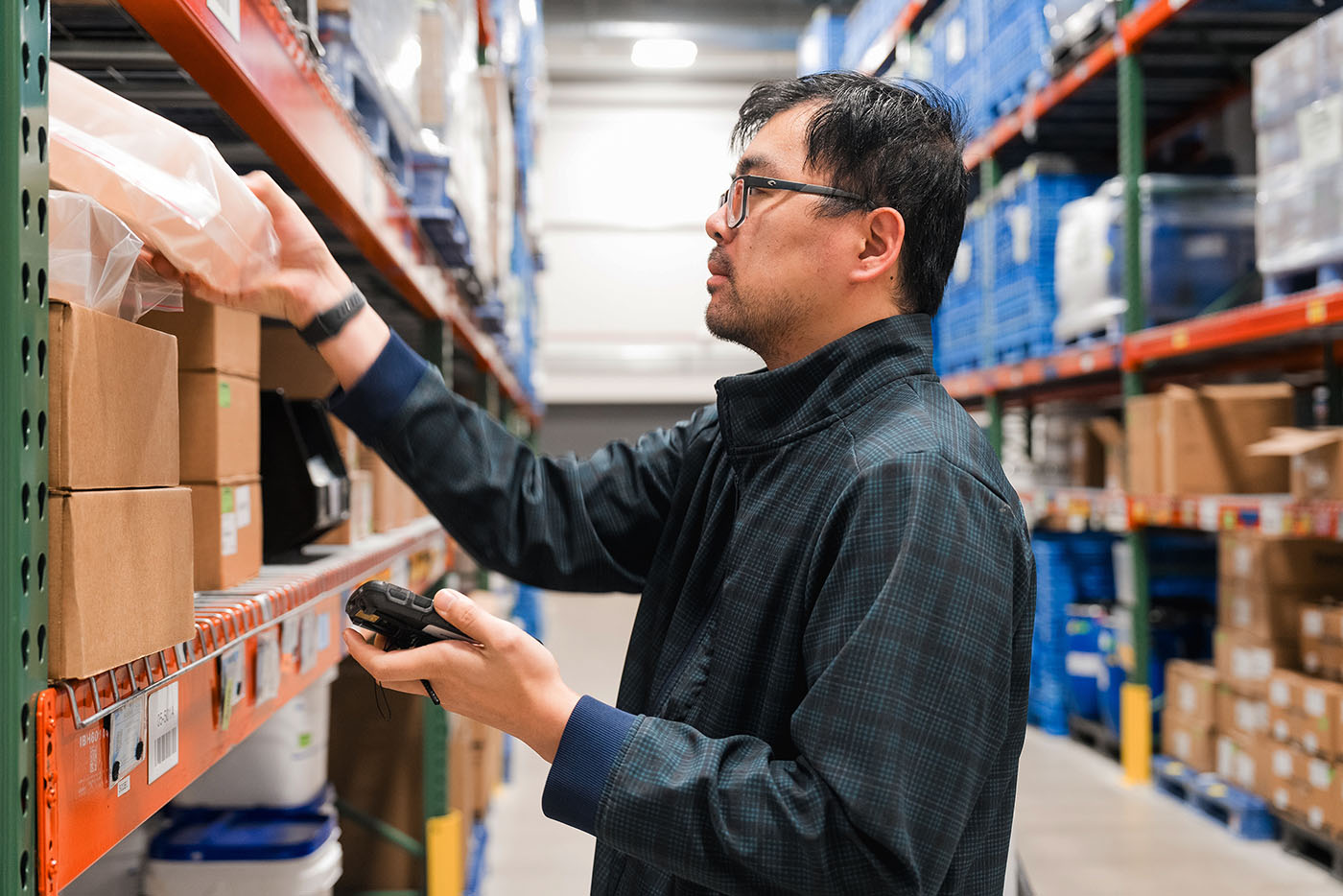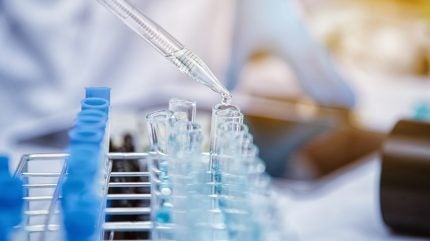Downstream bioprocessing bottlenecks are increasingly recognized as critical challenges in the biopharmaceutical industry. Following upstream processes, which focus on the development of cell lines or microorganisms, the downstream steps are essential for capturing, purifying, and ensuring the quality of biotherapeutics. Experts indicate that these bottlenecks often arise where complexity intersects with speed, particularly during purification and quality control (QC) testing, leading to potential delays in production timelines.
Industry leaders, including Cytiva and Thermo Fisher Scientific, emphasize the importance of identifying the root causes of these bottlenecks, which can stem from factors such as workforce availability and material flow. As demand for biotherapies like gene therapies and RNA vaccines surges, companies are compelled to innovate their processes. For instance, employing value stream mapping (VSM) and lean management techniques can reveal inefficiencies and streamline operations, ultimately enhancing throughput and product recovery rates.
With the landscape of bioprocessing continuously evolving, organizations must remain agile and proactive in addressing these downstream challenges. Implementing automated solutions and optimizing resource allocation are critical strategies for maintaining production consistency and meeting the growing demands of the healthcare system. As experts tackle these bottlenecks, the focus remains on delivering high-quality therapeutics efficiently and economically.
Use the database as your supply chain compass →



